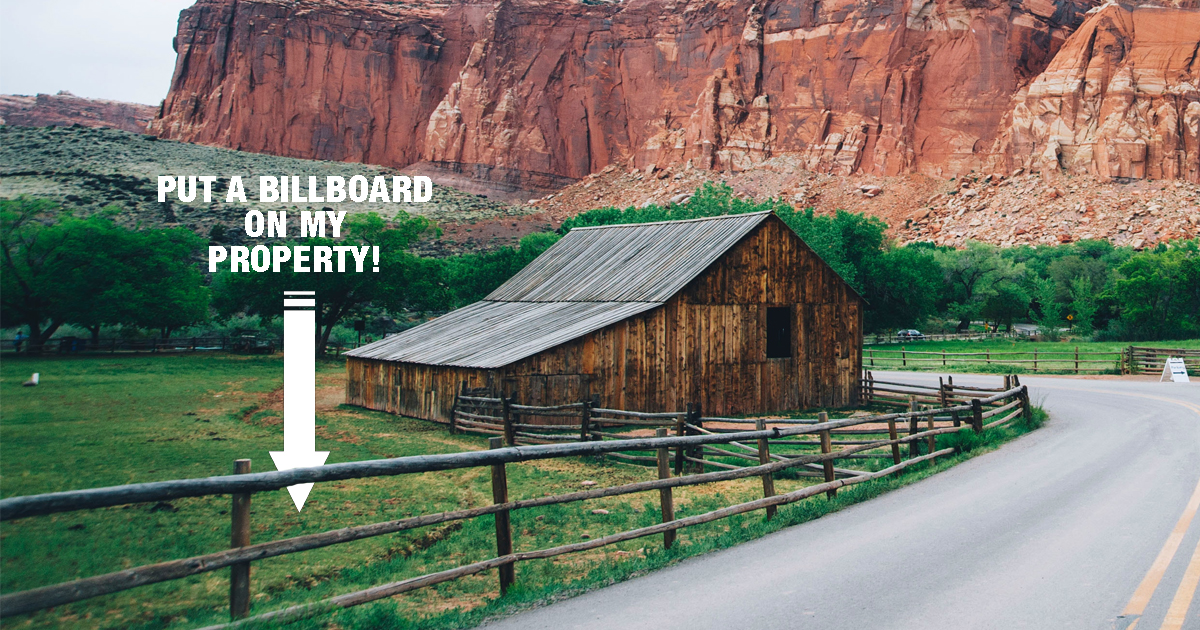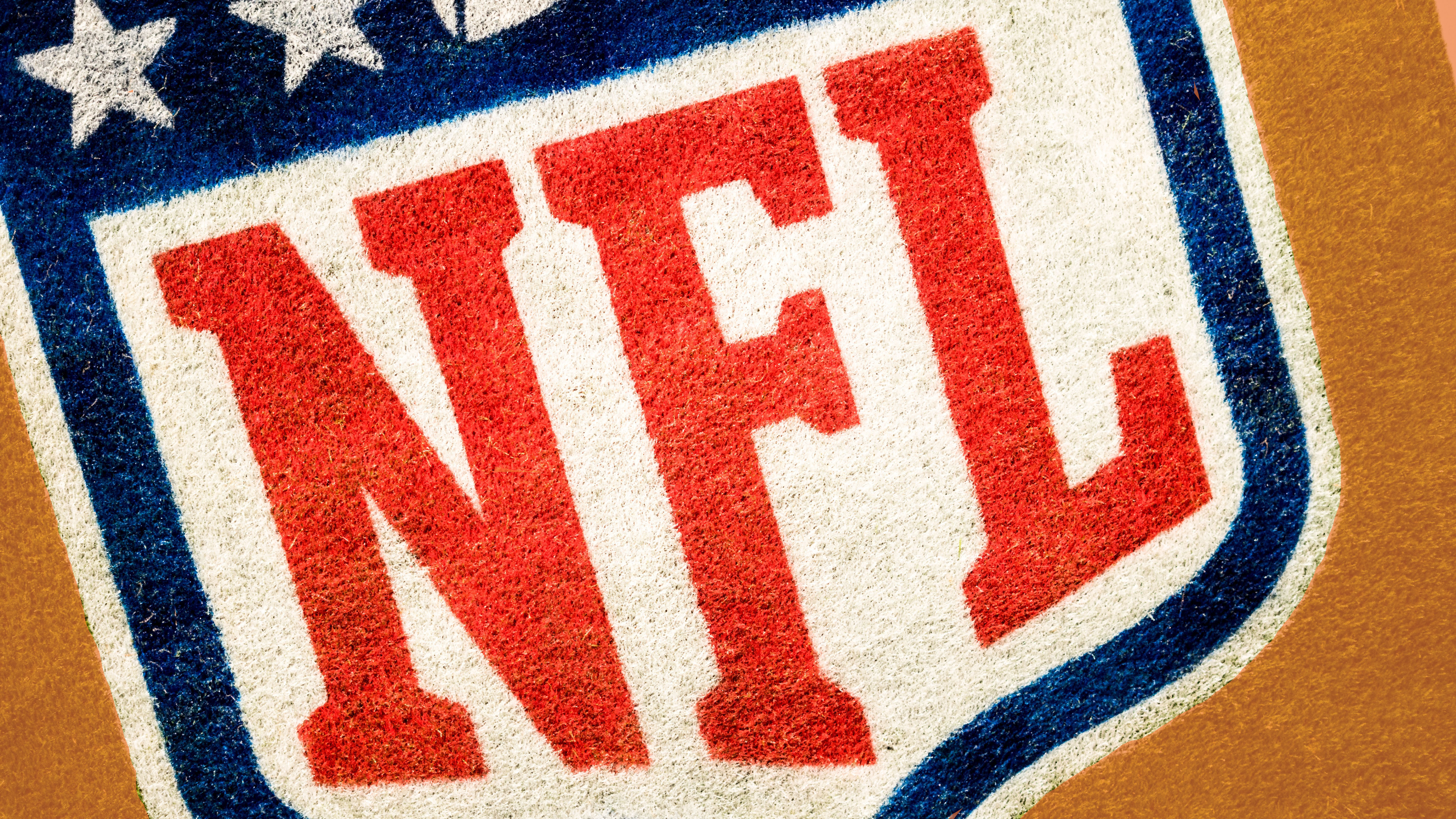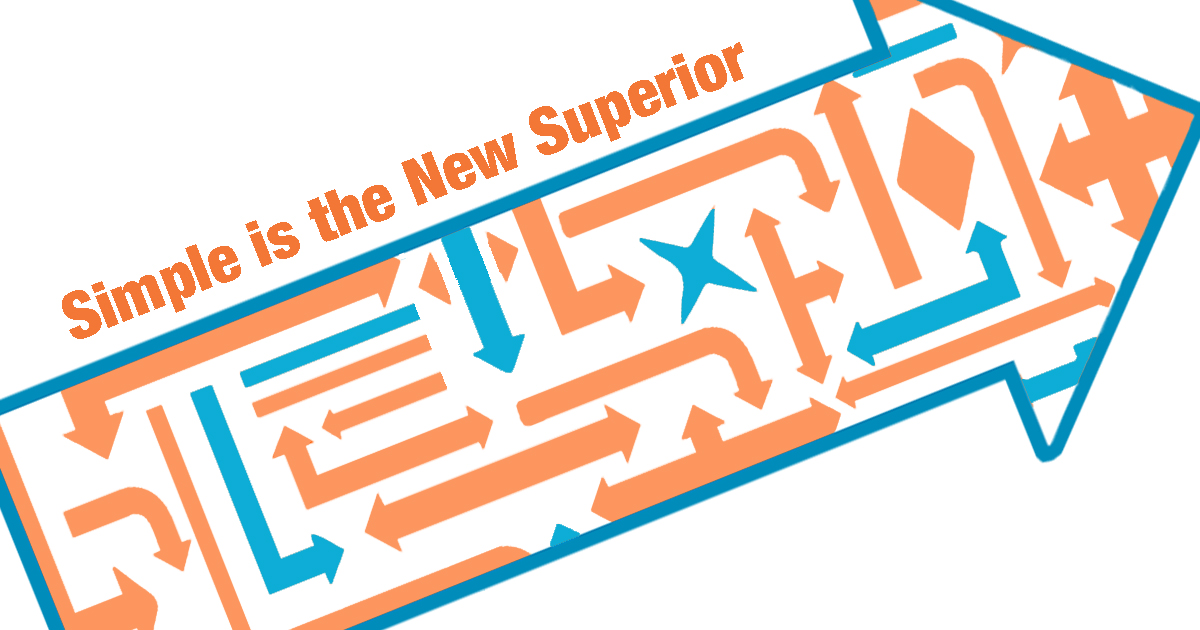
Massive change is often preceded by shifts in the way we interact with information. The spread of knowledge that occurred during the Medieval Renaissance was sparked by Charlemagne’s initiative to build schools and promote education. Gutenberg’s printing press enabled books to be mass produced and widely distributed. This ultimately served as the catalyst for the European Renaissance. Similarly, our lives are changing as they become increasingly intertwined with technology. The modern technological renaissance is impacting nearly every major industry, and OOH is no exception. This post will explore this trend and dive deeper into the current situation.
Productivity & the Professional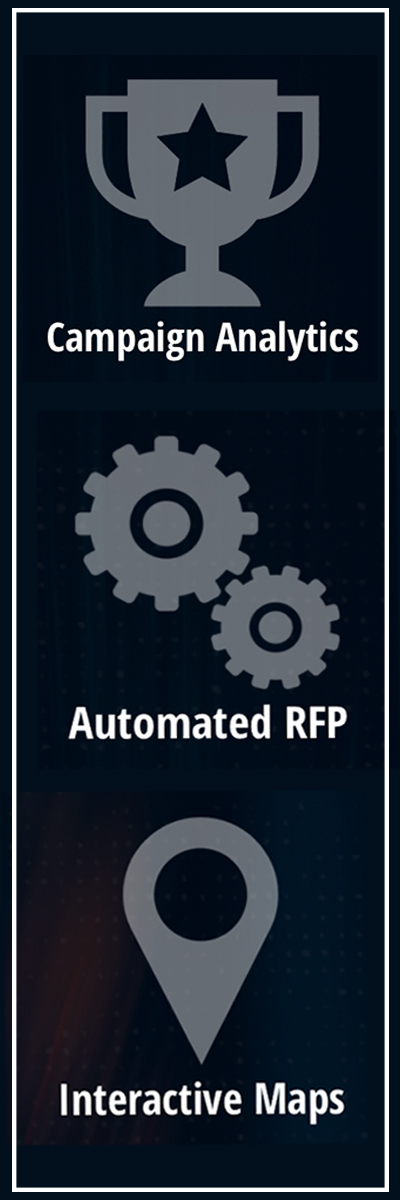
Specialized technology begins its life in the adept hands of experts and professionals before transitioning into the public sphere. For example, in 1987 NeXT Computers and Adobe Systems released a program called Display PostScript (DPS). DPS made the process of producing 2D graphics on the computer considerably easier. Unfortunately, this program was complicated. It could only be used effectively by trained programmers, so its appeal was relatively narrow.
In 1990, Adobe followed up Display PostScript with the release of Adobe Photoshop, a graphics editing software that required no programming background. Photoshop made creating graphics and editing photos even less labor-intensive. It enabled designers to output more high-value work in shorter periods of time. While both of these programs had a major impact on the productivity of industry professionals their effect on the public was still seriously limited.
Technology has impacted OOH in a similar way to how Adobe’s programs affected typesetting and design. Advancements such as instant campaign analytics, automated RFP’s, and interactive maps have streamlined the media buying process for agencies. Additionally, instant proposals, programmatic sales, and automated contracts have made the job of a media vendor considerably more simple. These innovations cut out the labor-intensive tasks that slowed down workflow and allowed OOH professionals to allocate more time to the tasks that really matter.
OOH for Everyone!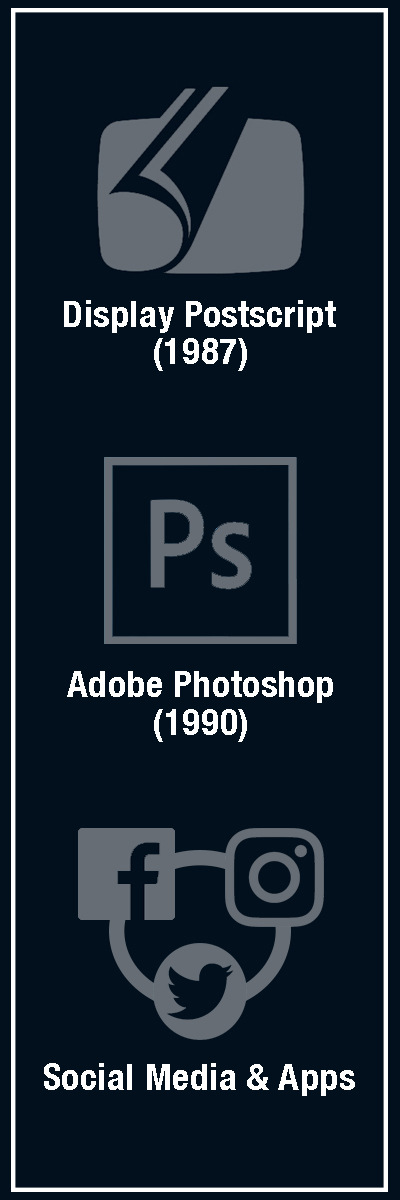
All the improvements mentioned above focus on increasing the productivity of professionals. At some point though, an inevitable shift occurs. New products are now facilitating the industry expert as well as the everyday individual. This trend is clear to see when examining the various social media platforms that are dominating today’s world.
In the past, only professionals could create high-end graphics and properly edit photos. Today there are hundreds, if not thousands, of apps that allow any smartphone user to do just that. Technology that was previously reserved for serious professionals and devoted hobbyists is literally sitting in the palms of our hands. Popular apps like Facebook, Instagram, and Snapchat all allow their users to edit photos and draw graphics directly on their screens. Technology has democratized graphic design and people everywhere are enjoying their newfound capabilities.
The democratization of the OOH industry is following this pattern too. Over half of OOH spend comes from small-business owners, neighborhood leaders, and charitable causes. These users buy out-of-home because it works, but they are often confronted with massive industry complexity and opaque business practices. Luckily, platforms like BillboardsIn are starting to reach this untapped market. Technology is enabling these individuals to work like media buying/selling professionals — empowering complete novices to solicit competitive bids and make educated purchasing decisions. As technology is changing the way OOH is bought and sold, we are experiencing an industry revolution.
Check out DOmedia, the host to the largest database of OOH vendors in the US, and begin planning your next Out-of-Home campaign today!
